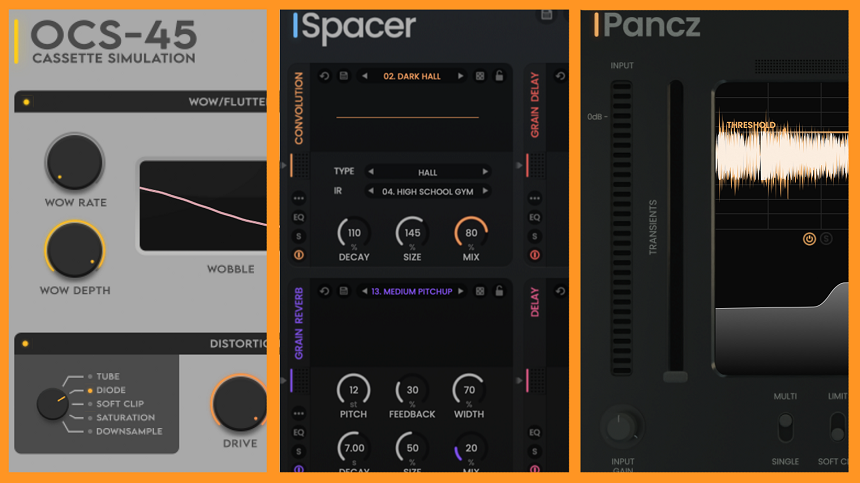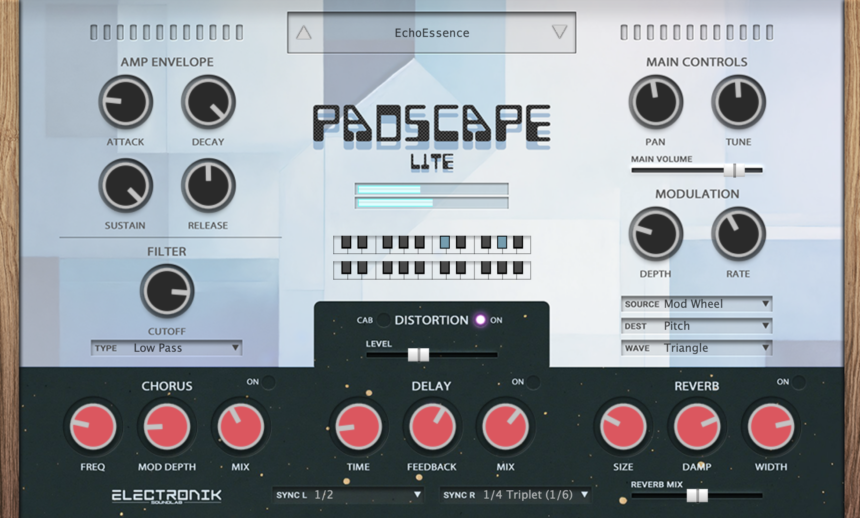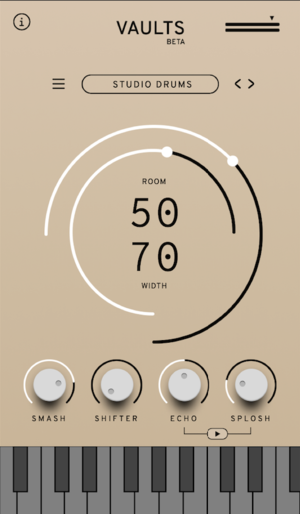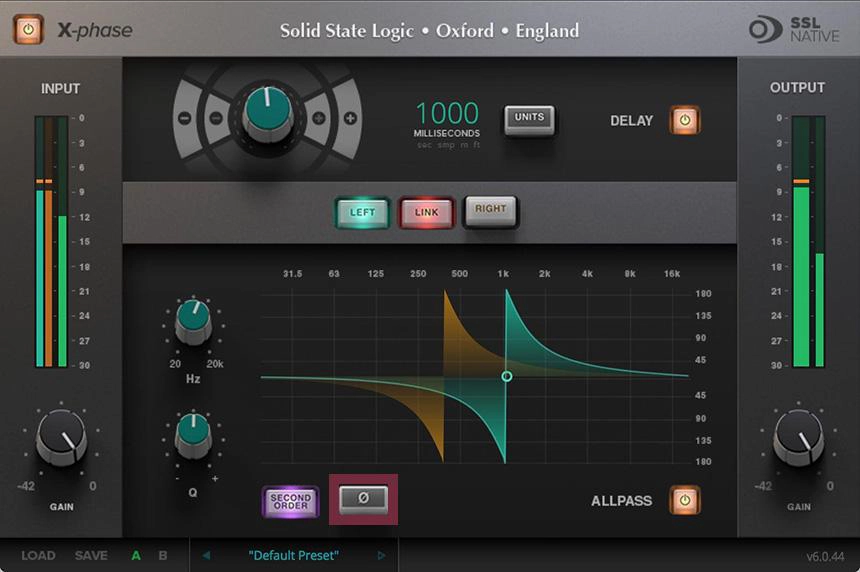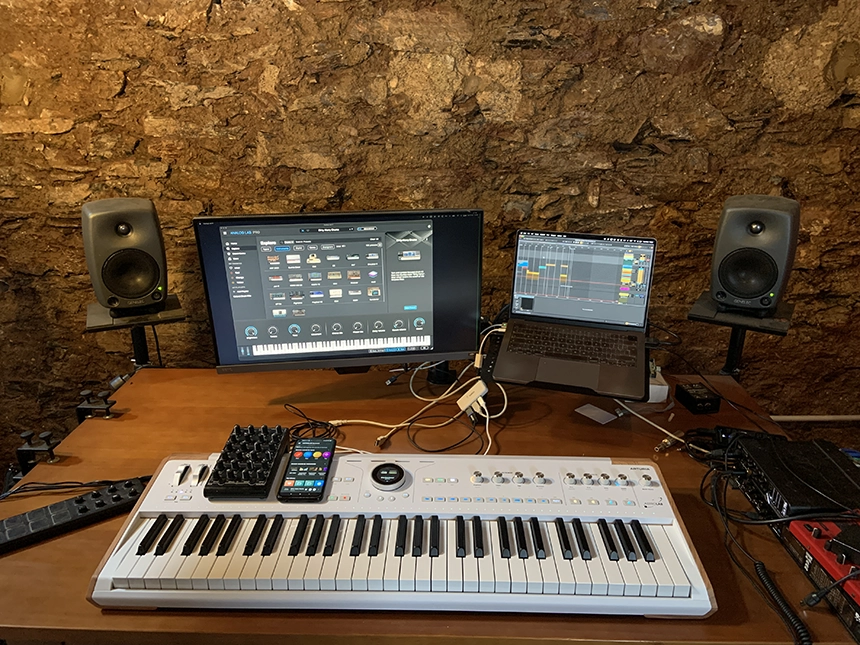The 9 Best Talkbox Pedals From Top Brands
We’ve come up with a very useful topic today, especially for musicians who sing. We’re talking about the Top 9 Talkbox Pedals for all Budgets in this post. We’ve listed pedals and processors from TC Helicon, Rocktron, Banshee, Boss, Zoom, and Electro-Harmonix. As you read […]
The 9 Best Talkbox Pedals From Top Brands Read More »


